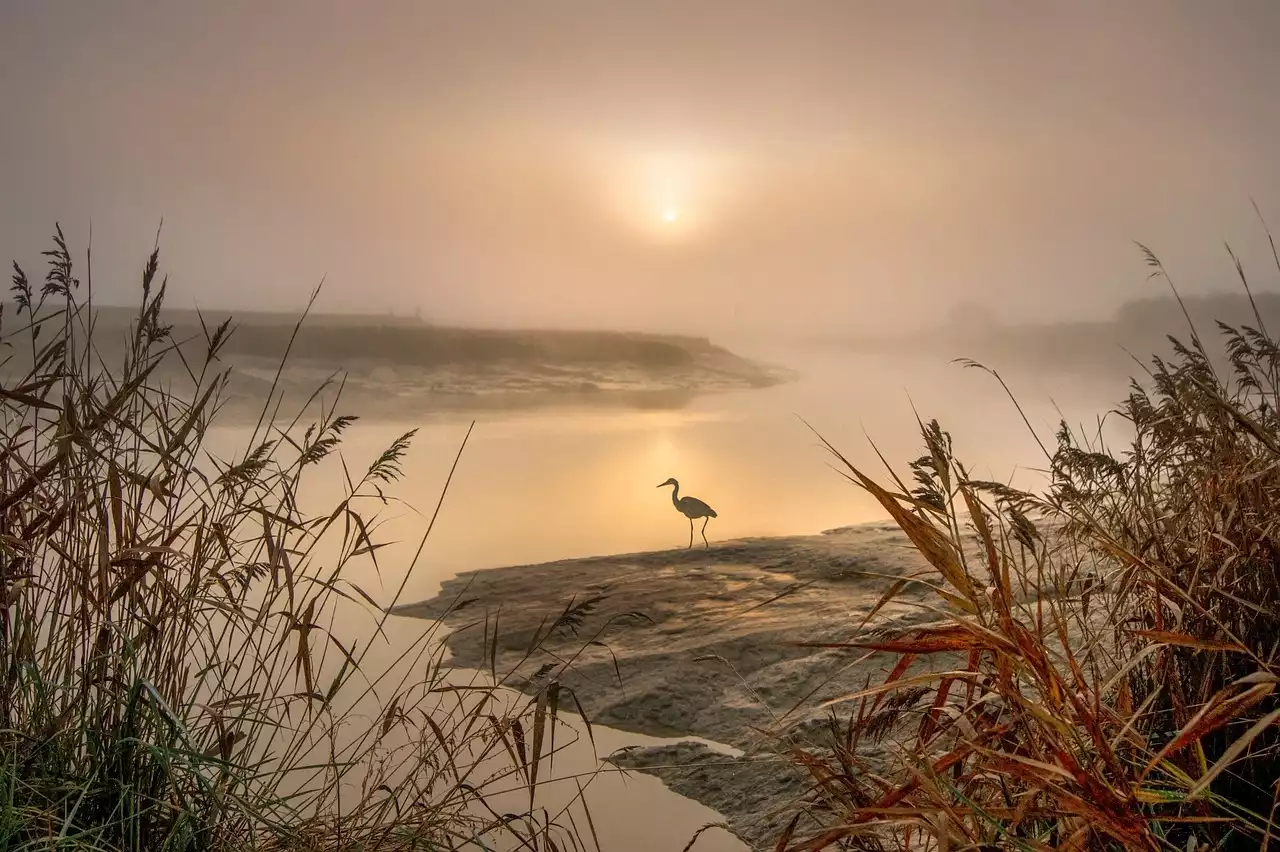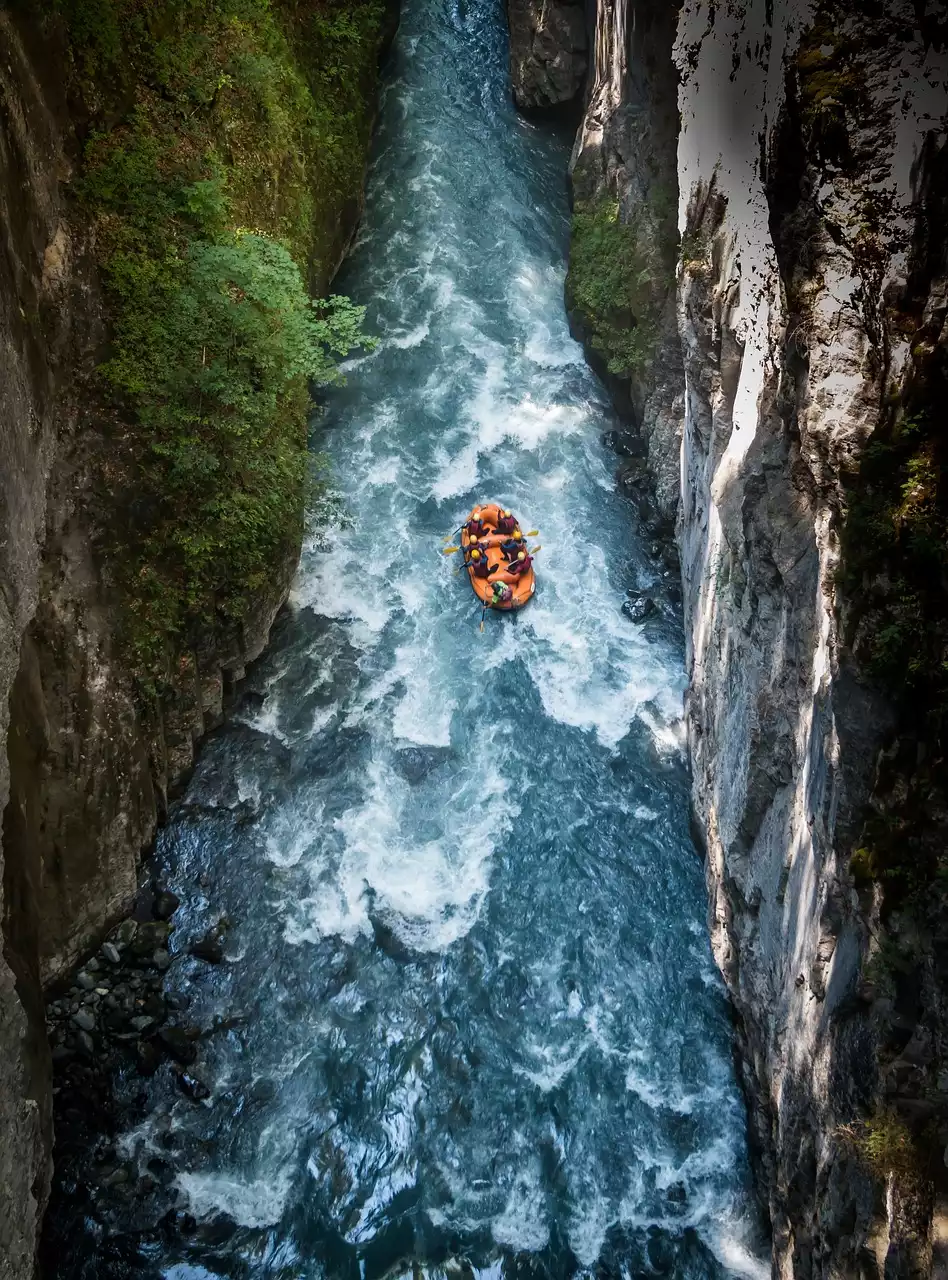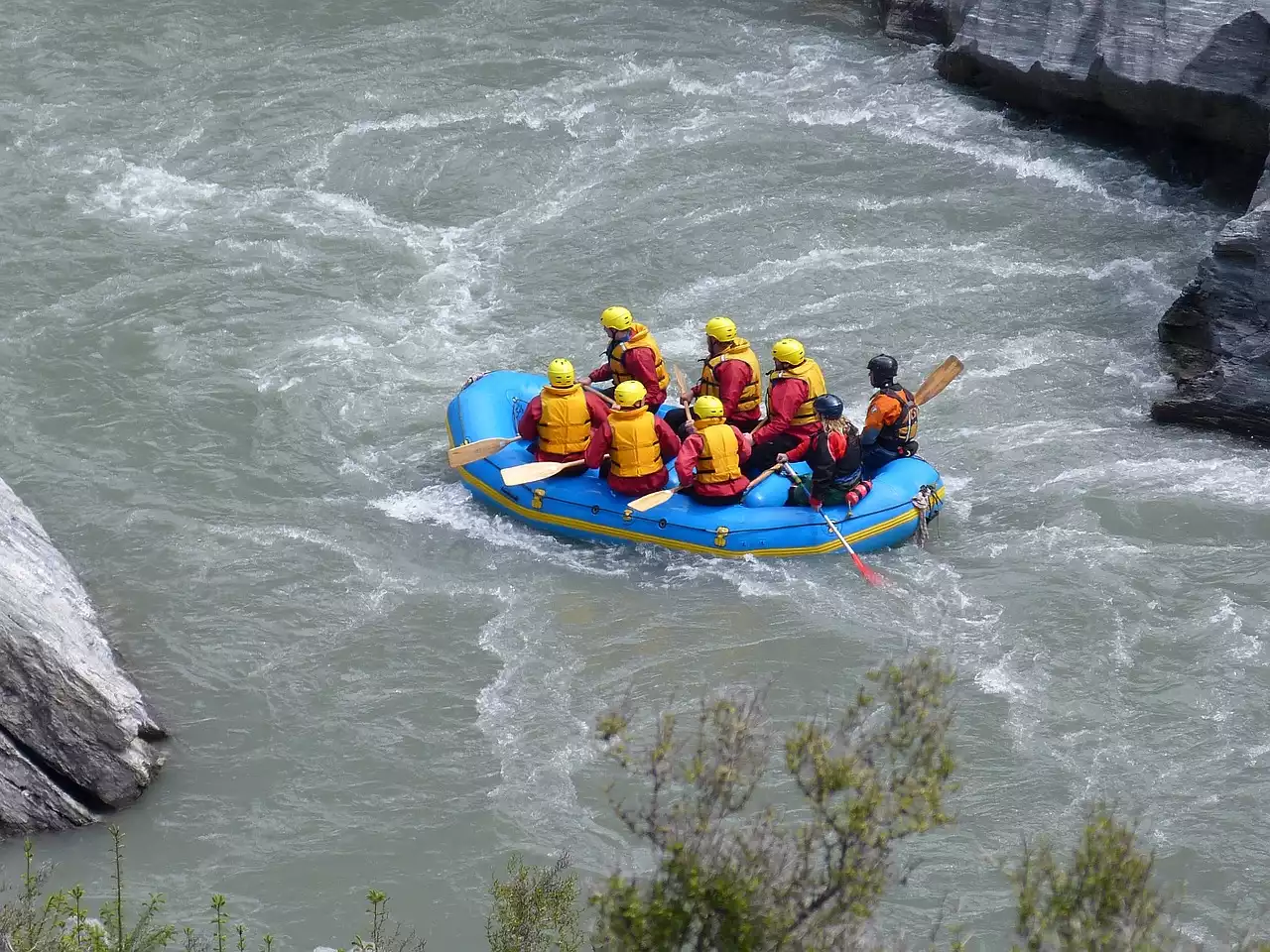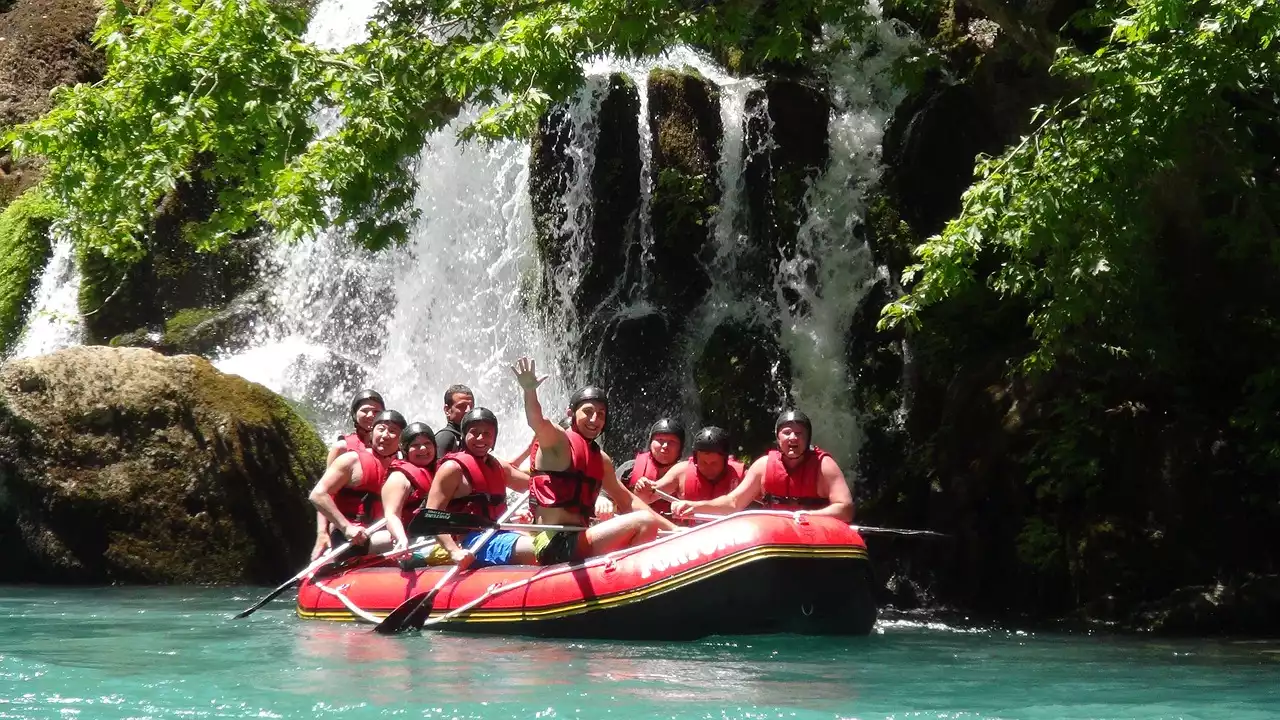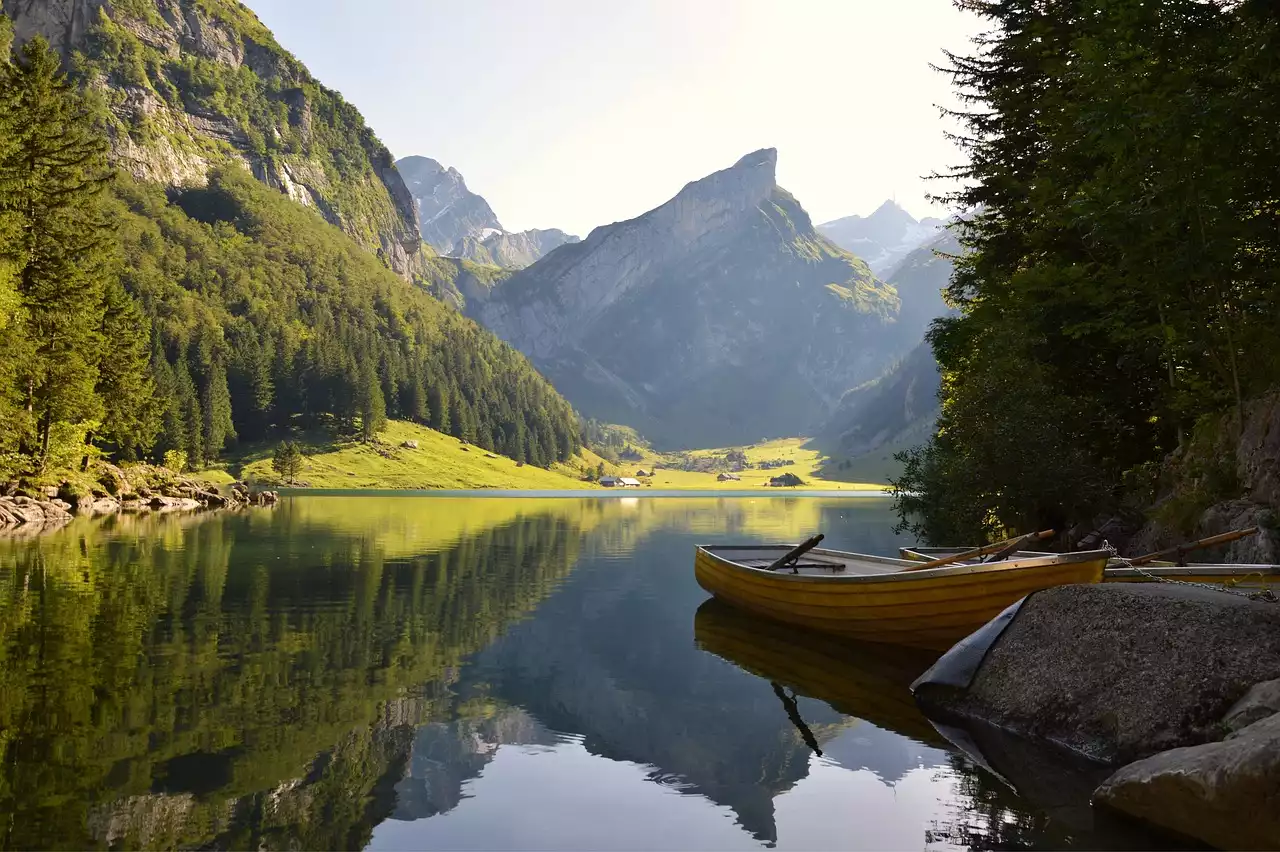Understanding Advocacy and Activism
Advocacy and activism are two important tools for protecting our rivers and the natural resources they provide. Advocacy involves speaking up for a cause or issue, such as river protection, through public speaking, writing, or other forms of communication. Activism involves taking direct action, such as protests or demonstrations, to bring attention to an issue or demand change.
Both advocacy and activism are important for river protection because they can help raise awareness about the threats facing rivers and their ecosystems, mobilize support for conservation efforts, and push for policy changes that can help protect these vital waterways. By working together, advocates and activists can make a real difference in protecting our rivers for future generations.
Youth Advocacy Series: Why You Should Get Involved in Advocacy and Activism
Why Advocacy and Activism Are Important for River Protection
There are many reasons why advocacy and activism are critical for protecting our rivers. One of the most important is that rivers are under threat from a range of human activities, including pollution, overuse, and climate change. These threats can have devastating impacts on the health of rivers and the ecosystems they support, as well as the communities and economies that rely on them.
Advocacy and activism can help raise awareness about these threats, mobilize support for conservation efforts, and push for policy changes that can help protect our rivers. By speaking out and taking direct action, advocates and activists can help ensure that our rivers remain healthy, vibrant, and sustainable for generations to come.
Why lakes and rivers should have the same rights as humans | Kelsey Leonard
Types of Advocacy and Activism for River Protection
There are many different types of advocacy and activism that can be used to protect our rivers. Some of the most effective include:
1. Joining local conservation groups: Local conservation groups are a great way to get involved in river protection efforts. These groups often work on a range of issues, from water quality monitoring to habitat restoration, and can provide opportunities to learn more about river ecosystems and the threats they face.
2. Participating in river clean-up efforts: River clean-up efforts are another effective way to get involved in river protection. These events bring together volunteers to remove trash and debris from rivers, helping to improve water quality and protect wildlife.
3. Writing letters and petitions: Writing letters and petitions to elected officials and policymakers is another effective way to advocate for river protection. These communications can help raise awareness about the threats facing rivers and push for policy changes that can help protect them.
4. Participating in protests and demonstrations: Protests and demonstrations can be a powerful way to draw attention to the threats facing rivers and demand change. These events can help mobilize support for river protection efforts and push for policy changes that can help protect our vital waterways.
Webinar: Arts as Activism: Protecting Land, Water & Life
Identifying the Issues Affecting Rivers and Their Ecosystems
To effectively advocate and take action for river protection, it's important to understand the issues affecting rivers and their ecosystems. Some of the most pressing issues include:
1. Pollution: Pollution from agricultural runoff, industrial waste, and sewage can have devastating impacts on river ecosystems, harming fish and wildlife and making water unsafe for human use.
2. Overuse and damming: Overuse of water resources and the construction of dams can significantly alter river ecosystems, reducing water flow and changing the balance of species that rely on these vital waterways.
3. Habitat loss: Habitat loss, such as the destruction of wetlands and other important ecosystems, can have significant impacts on the health of rivers and the species that rely on them.
By understanding these issues, advocates and activists can better target their efforts and push for policy changes that can help protect our rivers and their ecosystems.
Human impacts on ecosystems | Interactions in ecosystems | High school biology | Khan Academy
How to Get Involved in River Protection Advocacy and Activism
Getting involved in river protection advocacy and activism is easier than you might think. Some effective ways to get started include:
1. Researching local conservation groups: Researching local conservation groups is a great way to learn more about the issues facing rivers in your area and connect with others who are passionate about river protection.
2. Attending public meetings and hearings: Attending public meetings and hearings related to river protection can provide opportunities to learn more about the issues and speak out on behalf of our rivers.
3. Participating in river clean-up efforts: Participating in river clean-up efforts can make a real difference in protecting our rivers and their ecosystems, while also providing opportunities to connect with others who are passionate about river protection.
4. Writing letters and petitions: Writing letters and petitions to elected officials and policymakers is another effective way to advocate for river protection and push for policy changes that can help protect our vital waterways.
His Epic Message Will Make You Want to Save the World | Short Film Showcase
Tips for Effective Advocacy and Activism for River Protection
Effective advocacy and activism for river protection requires a strategic approach. Some tips for success include:
1. Understand the issues: To effectively advocate for river protection, it's important to have a deep understanding of the issues affecting rivers and their ecosystems, as well as the policies and regulations that govern them.
2. Build relationships: Building relationships with elected officials, policymakers, and other stakeholders is critical for effective advocacy and activism. These relationships can help build support for conservation efforts and push for policy changes that can help protect our rivers.
3. Collaborate with others: Collaborating with other advocates and activists can help amplify your message and build momentum for river protection efforts.
4. Use social media: Social media can be a powerful tool for advocacy and activism, providing opportunities to reach a wide audience and raise awareness about the issues facing our rivers.
How to be an Effective Ocean Activist with Emily Penn
Collaborating with Organizations and Communities for River Protection
Collaborating with organizations and communities is an important part of effective river protection advocacy and activism. By working together, advocates and activists can build momentum for conservation efforts and push for policy changes that can help protect our rivers.
Some effective ways to collaborate with organizations and communities for river protection include:
1. Partnering with local conservation groups: Partnering with local conservation groups can provide opportunities to network with other advocates and activists and collaborate on river protection efforts.
2. Building relationships with elected officials: Building relationships with elected officials can help build support for conservation efforts and push for policy changes that can help protect our rivers.
3. Engaging with community members: Engaging with community members can help build support for river protection efforts and raise awareness about the importance of these vital waterways.
Measuring the Impact of Your Advocacy and Activism Efforts
Measuring the impact of your advocacy and activism efforts is critical for understanding the effectiveness of your actions and identifying areas for improvement. Some ways to measure the impact of your advocacy and activism efforts include:
1. Monitoring policy changes: Monitoring policy changes related to river protection can help identify the impact of advocacy and activism efforts.
2. Tracking media coverage: Tracking media coverage related to river protection can help identify the impact of advocacy and activism efforts on public awareness and support.
3. Conducting surveys and polls: Conducting surveys and polls can help measure public support for river protection efforts and identify areas for improvement.
Taking Action for the Protection of Our Rivers
Rivers are vital resources that provide critical habitat for wildlife, support countless ecosystems, and sustain millions of people around the world. But these vital waterways face a range of threats, from pollution and overuse to climate change and habitat loss.
Fortunately, there are ways for ordinary citizens to get involved in river protection efforts and make a real difference in protecting our rivers for future generations. By understanding the issues, getting involved in advocacy and activism efforts, and collaborating with others, we can all help protect these vital resources and ensure a healthy, sustainable future for our planet.
